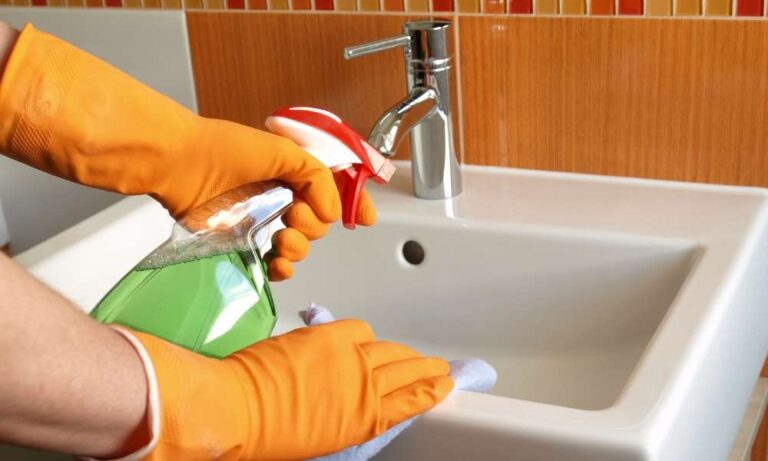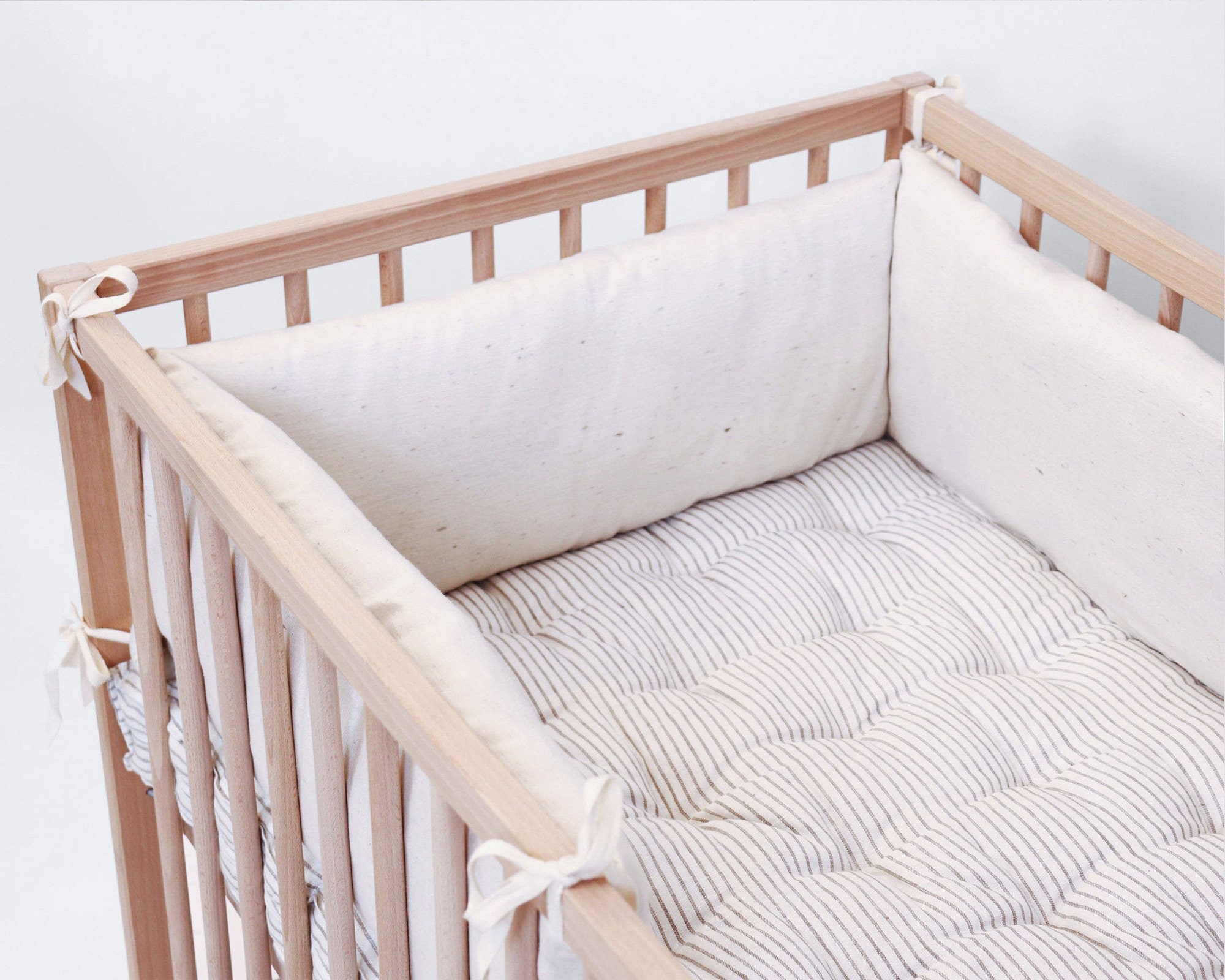Dealing with a moldy smell in your bathroom can be unpleasant and embarrassing. One of the most common sources of this musty odor is your bathroom sink drain. If you've noticed an unpleasant smell coming from your sink, don't worry – there are solutions to get rid of it. Here are some effective tips to eliminate the moldy smell in your bathroom sink drain. How to Get Rid of a Moldy Smell in a Bathroom Sink Drain
Before we dive into the solutions, let's first understand the cause of the moldy smell in your bathroom sink drain. Typically, this odor is caused by bacteria and fungi growing in the drain. These microorganisms thrive in a damp and dark environment, making your bathroom sink drain the perfect breeding ground. Fortunately, there are some simple solutions to get rid of this unpleasant smell. Causes and Solutions for a Moldy Smell in a Bathroom Sink Drain
The first step in eliminating the moldy smell in your bathroom sink drain is to thoroughly clean the drain. You can use a combination of hot water, baking soda, and vinegar to flush out any buildup of bacteria and fungi. Simply pour a cup of baking soda down the drain, followed by a cup of vinegar. Let it sit for 15 minutes, then pour a pot of hot water down the drain to flush everything out. You can repeat this process once a week to keep your drain clean and odor-free. Tips for Eliminating a Moldy Smell in Your Bathroom Sink Drain
If you prefer a more natural approach, there are several household items that can help eliminate the moldy smell in your bathroom sink drain. Lemon juice, for example, has natural antibacterial properties and a fresh scent. You can also use a few drops of tea tree oil or peppermint oil, which are both known for their antifungal properties. Simply mix these ingredients with hot water and pour it down the drain for a refreshing and effective solution. Natural Remedies for a Moldy Smell in a Bathroom Sink Drain
In addition to bacteria and fungi buildup, there are other common causes of a moldy smell in your bathroom sink drain. One of these is a clogged drain. When debris and hair get trapped in the drain, it can create a stagnant environment for bacteria and fungi to grow. Regularly cleaning out your drain can help prevent this issue. Another cause is a dry trap. If the trap under your sink dries out, it can allow sewer gas to escape, resulting in a foul odor. To fix this, simply run some water down the drain to refill the trap. Common Causes of a Moldy Smell in a Bathroom Sink Drain
If you prefer to use household items and DIY solutions, there are several options for getting rid of the moldy smell in your bathroom sink drain. One effective method is to use a mixture of salt, baking soda, and cream of tartar. Simply mix equal parts of each ingredient and pour it down the drain, followed by hot water. You can also try using a mixture of dish soap and hydrogen peroxide to clean out your drain and eliminate the odor. DIY Solutions for a Moldy Smell in a Bathroom Sink Drain
Prevention is key when it comes to dealing with a moldy smell in your bathroom sink drain. To prevent bacteria and fungi from growing in your drain, make sure to clean it regularly with hot water, baking soda, and vinegar. You can also use a drain strainer to catch any hair or debris before it goes down the drain. Additionally, keeping your bathroom well-ventilated and dry can help prevent the growth of mold and bacteria. How to Prevent a Moldy Smell in Your Bathroom Sink Drain
If the moldy smell in your bathroom sink drain persists despite your best efforts, it may be time to call in a professional plumber. They have the tools and expertise to thoroughly clean out your drain and get rid of any stubborn bacteria and fungi. They can also inspect your plumbing for any potential issues that may be causing the odor. Professional Solutions for a Moldy Smell in a Bathroom Sink Drain
Aside from the obvious musty smell, there are other signs that may indicate the presence of mold in your bathroom sink drain. These include black or greenish growth in and around the drain, a slimy residue on the drain cover, and an increase in allergy symptoms such as sneezing and coughing. If you notice any of these signs, it's important to take action immediately to prevent further growth and potential health hazards. Signs of Mold in Your Bathroom Sink Drain
Regular maintenance and cleaning can go a long way in preventing a moldy smell in your bathroom sink drain. In addition to using hot water, baking soda, and vinegar, you can also use a mixture of bleach and water to disinfect and deodorize your drain. Make sure to also clean out the overflow hole in your sink, as this can also harbor bacteria and contribute to the odor. Finally, consider using a drain cleaner specifically designed to prevent mold and bacteria growth in your bathroom sink drain. How to Clean and Maintain Your Bathroom Sink Drain to Prevent Moldy Smells
What Causes a Moldy Smell in Your Bathroom Sink Drain?
The Importance of Proper Drain Maintenance
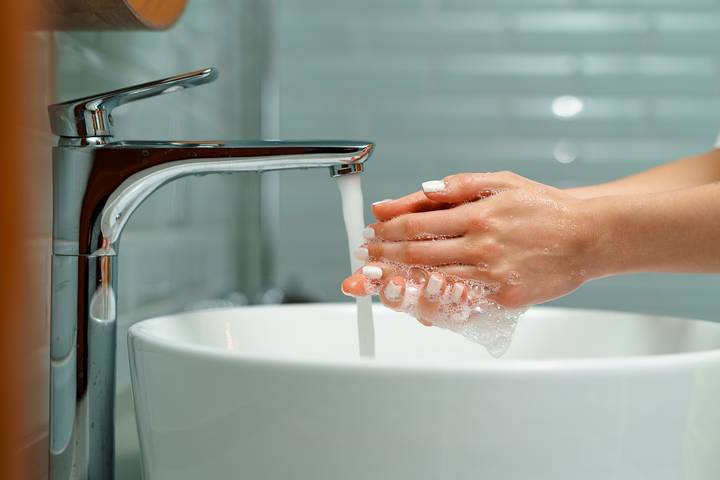 If you've noticed a moldy smell coming from your bathroom sink drain, you're not alone. This is a common problem that many homeowners face and it can be quite unpleasant. Not only is the smell unpleasant, but it can also be a health hazard if left untreated. Mold and bacteria can thrive in damp environments, and your sink drain is the perfect breeding ground for them. So, what causes this moldy smell and how can you get rid of it?
If you've noticed a moldy smell coming from your bathroom sink drain, you're not alone. This is a common problem that many homeowners face and it can be quite unpleasant. Not only is the smell unpleasant, but it can also be a health hazard if left untreated. Mold and bacteria can thrive in damp environments, and your sink drain is the perfect breeding ground for them. So, what causes this moldy smell and how can you get rid of it?
One of the main causes of a moldy smell in your bathroom sink drain is poor drainage maintenance. Over time, debris such as hair, soap scum, and toothpaste can build up in your drain, creating a blockage. This blockage can trap water and other organic materials, providing the ideal environment for mold to grow. As mold grows, it releases a musty odor that can permeate your bathroom and be difficult to get rid of.
Other Contributing Factors
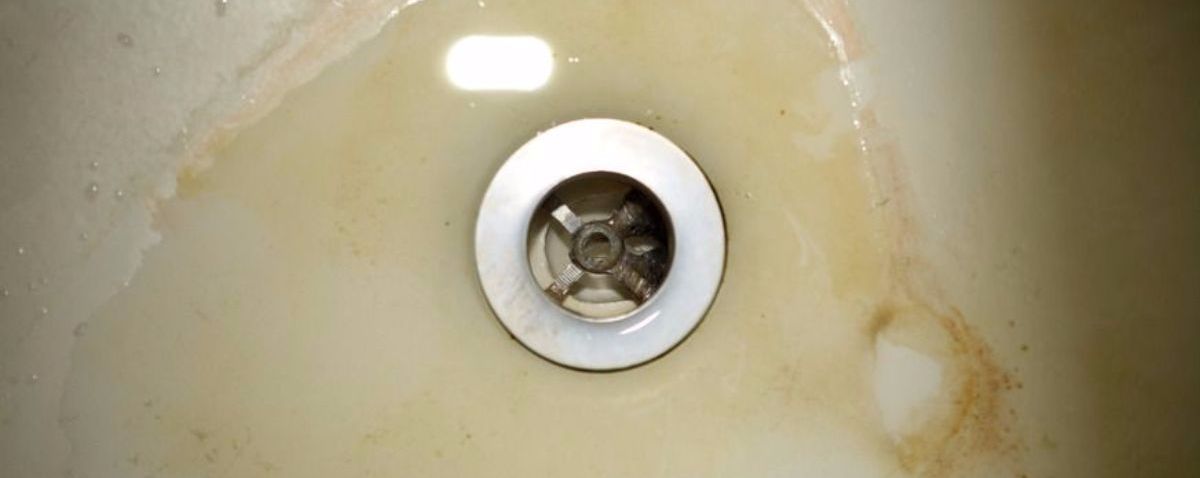 Aside from poor drainage maintenance, there are other factors that can contribute to a moldy smell in your bathroom sink drain. One of the main culprits is humidity. If your bathroom is poorly ventilated, it can create a humid environment that promotes mold growth. This is especially true in smaller bathrooms with no windows or proper ventilation systems.
Aside from poor drainage maintenance, there are other factors that can contribute to a moldy smell in your bathroom sink drain. One of the main culprits is humidity. If your bathroom is poorly ventilated, it can create a humid environment that promotes mold growth. This is especially true in smaller bathrooms with no windows or proper ventilation systems.
Another factor to consider is the type of material your sink drain is made of. Some materials, such as plastic, are more prone to mold growth than others. Additionally, if your sink drain is cracked or damaged, it can create pockets where water and debris can accumulate, leading to mold growth and a bad smell.
How to Get Rid of the Moldy Smell
 The good news is that there are several ways to get rid of the moldy smell in your bathroom sink drain.
Regularly cleaning and maintaining your drain is the first step to preventing mold growth
. You can use a mixture of hot water and vinegar to flush out any debris and kill any bacteria or mold that may be present. Additionally, using a drain snake or plunger can help remove any stubborn clogs.
The good news is that there are several ways to get rid of the moldy smell in your bathroom sink drain.
Regularly cleaning and maintaining your drain is the first step to preventing mold growth
. You can use a mixture of hot water and vinegar to flush out any debris and kill any bacteria or mold that may be present. Additionally, using a drain snake or plunger can help remove any stubborn clogs.
To prevent humidity from contributing to the problem, make sure your bathroom is well-ventilated and consider installing a dehumidifier if necessary . If your sink drain is made of a material that is prone to mold growth, you may want to consider replacing it with a different material.
In Conclusion
 A moldy smell in your bathroom sink drain is not only unpleasant, but it can also be a sign of poor drainage maintenance. By regularly cleaning and maintaining your drain, and addressing any contributing factors such as humidity and material type, you can effectively get rid of the moldy smell and prevent it from coming back. Don't let a moldy smell ruin the design and comfort of your bathroom, take action and enjoy a fresh and clean sink drain.
A moldy smell in your bathroom sink drain is not only unpleasant, but it can also be a sign of poor drainage maintenance. By regularly cleaning and maintaining your drain, and addressing any contributing factors such as humidity and material type, you can effectively get rid of the moldy smell and prevent it from coming back. Don't let a moldy smell ruin the design and comfort of your bathroom, take action and enjoy a fresh and clean sink drain.





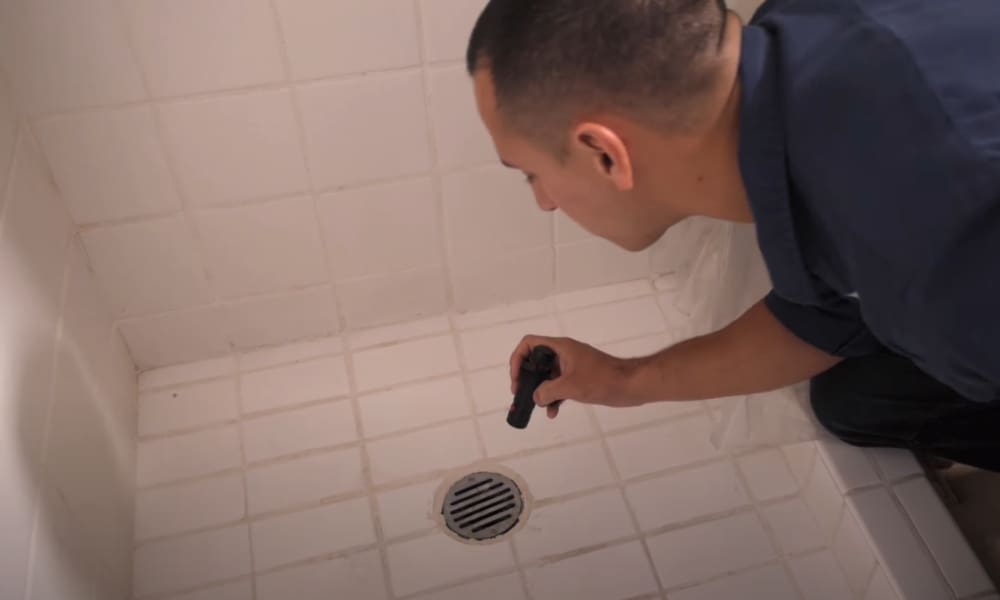









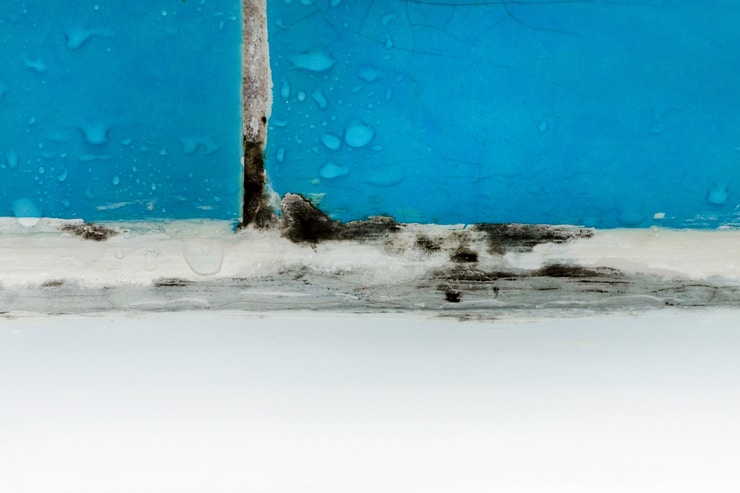
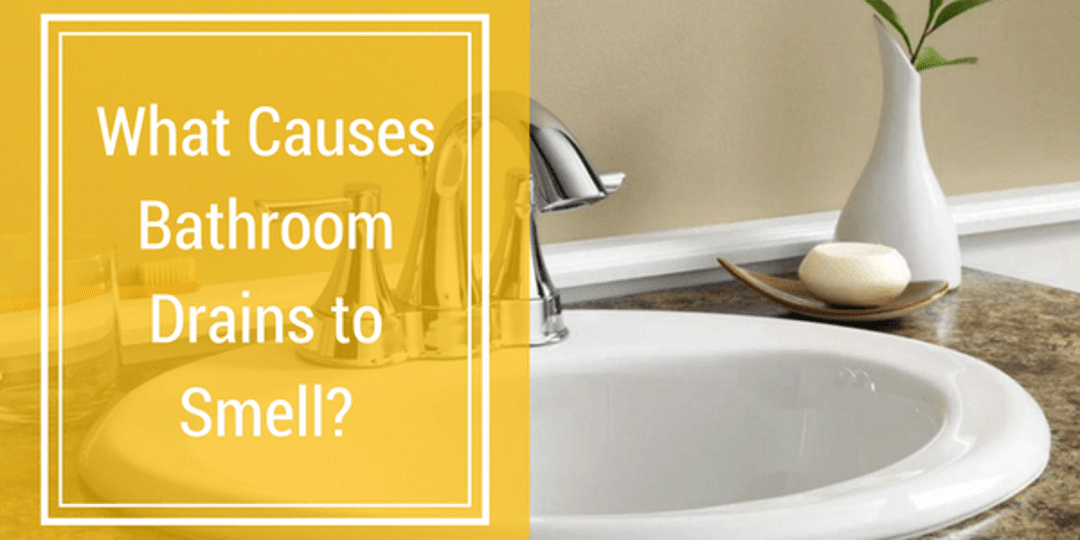
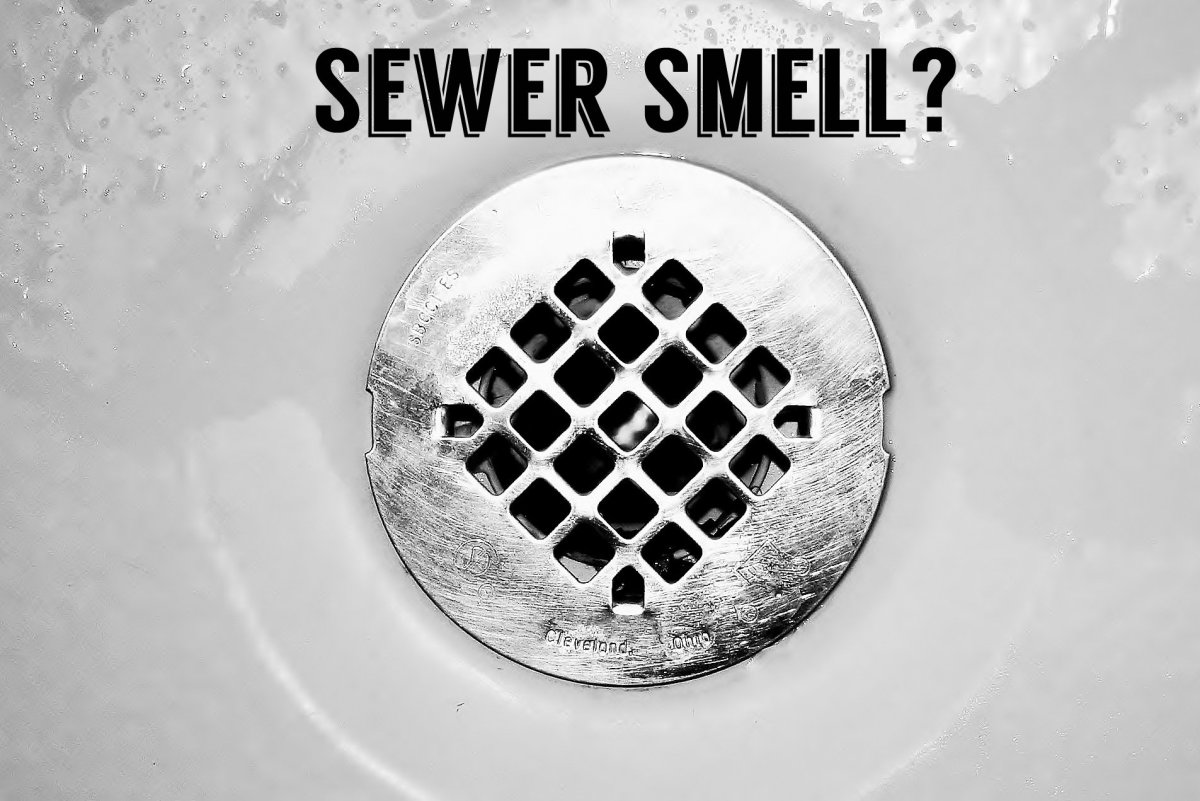





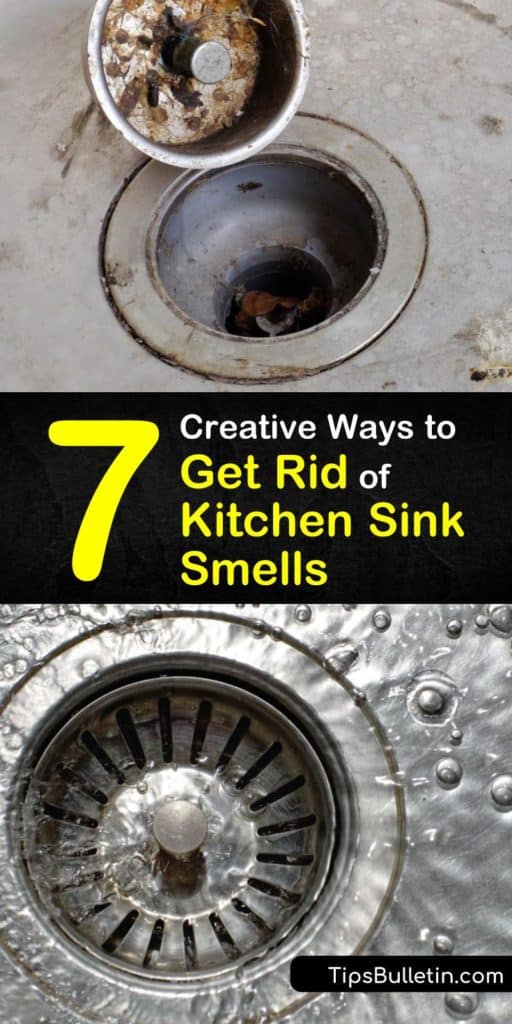
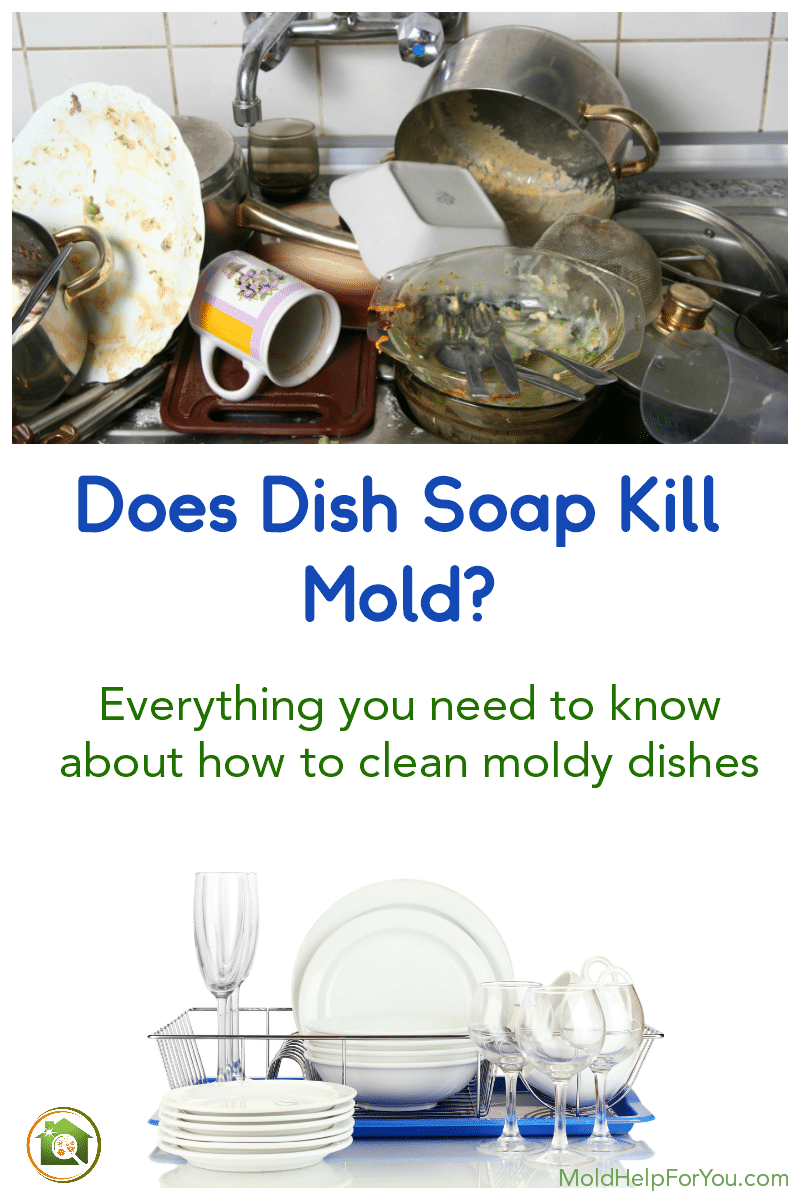







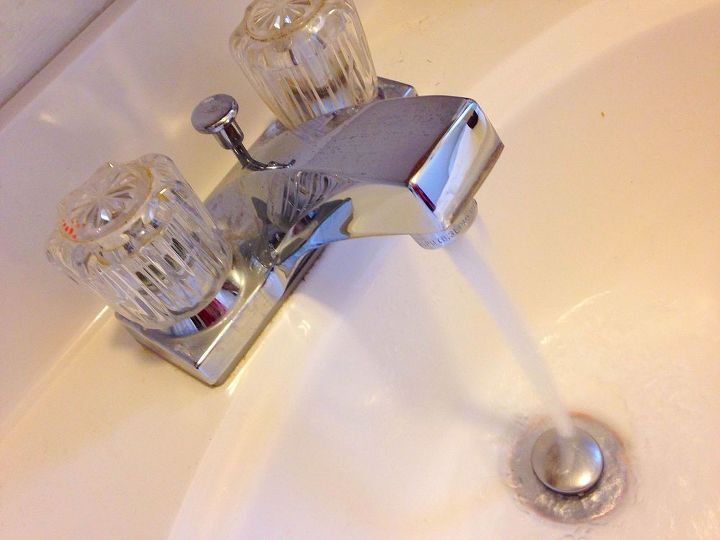









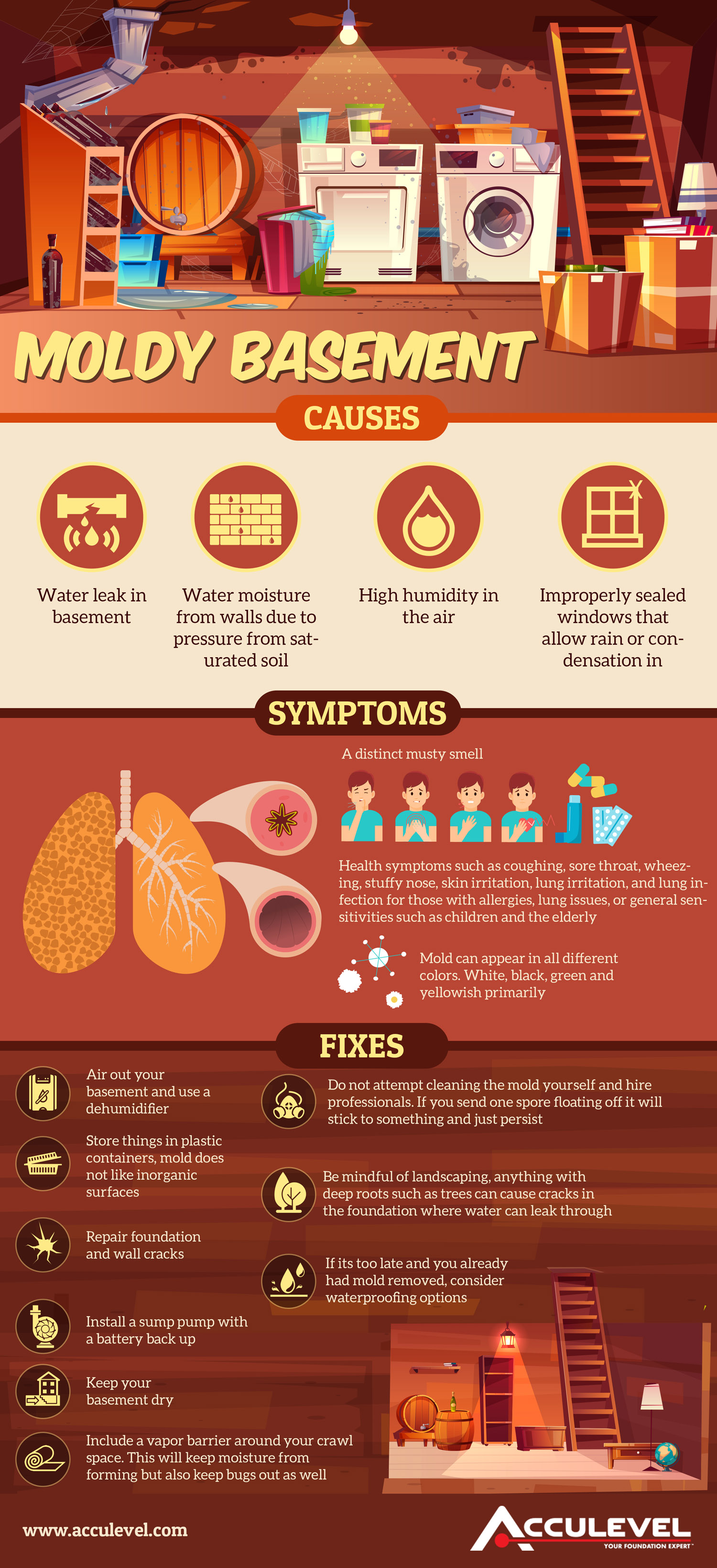

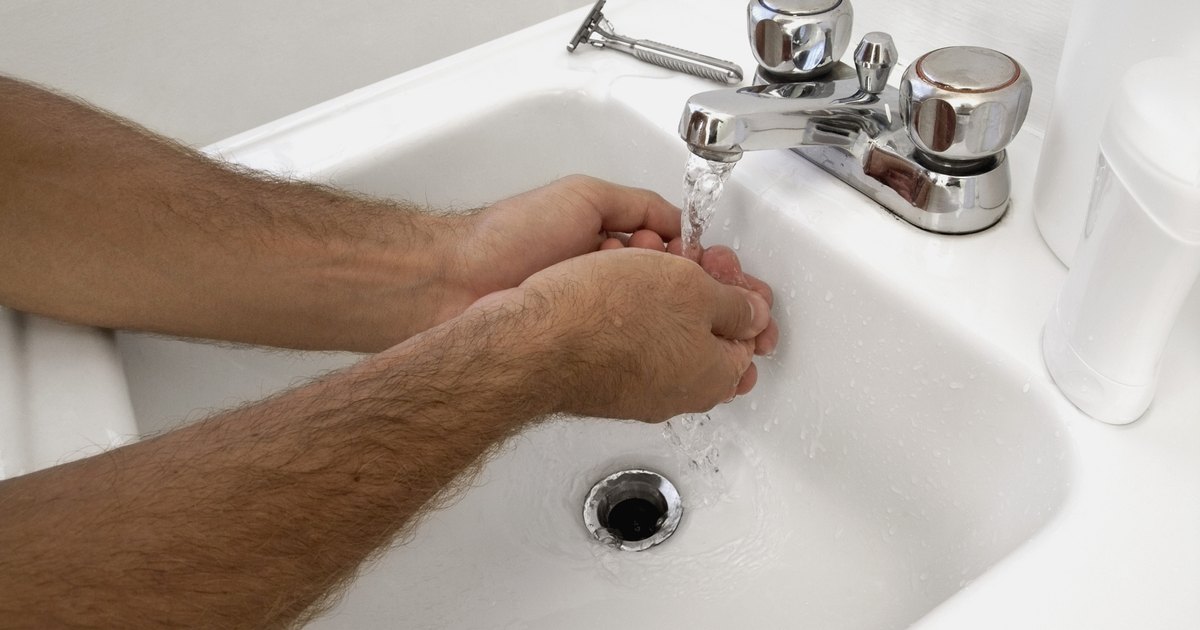
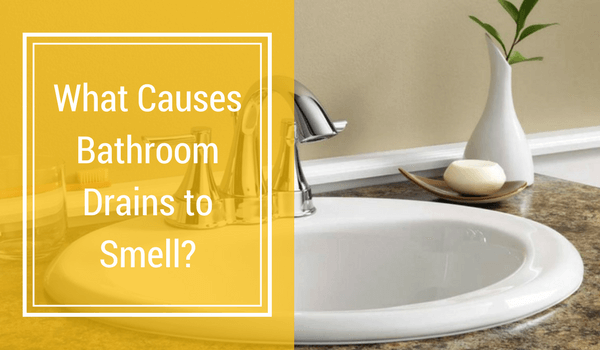





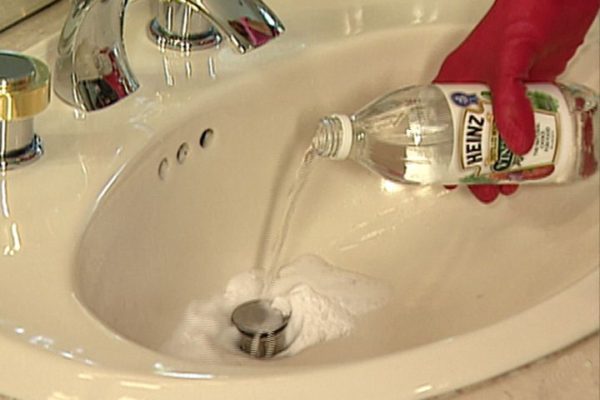


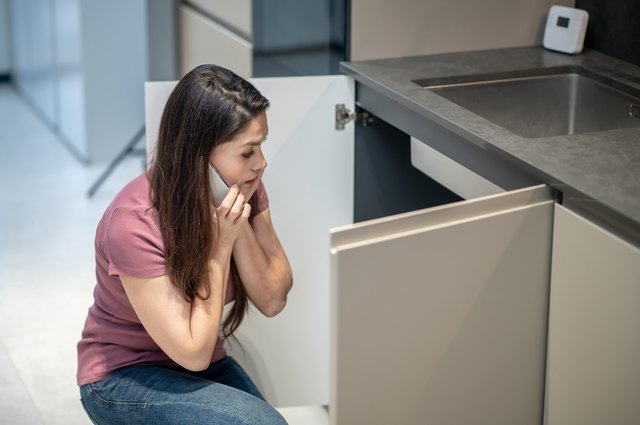



:max_bytes(150000):strip_icc()/moldy-bread-2000-a08fcec22a504989b8bce312f4328369.jpg)








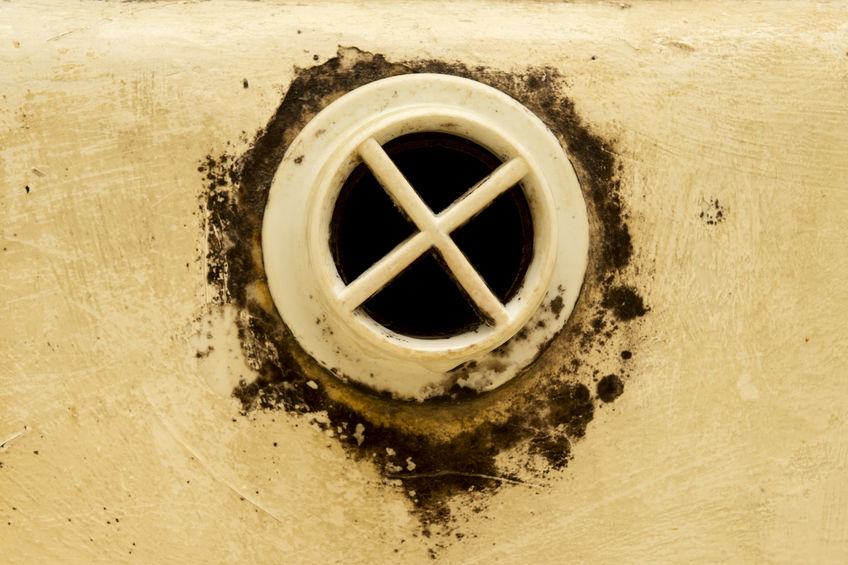
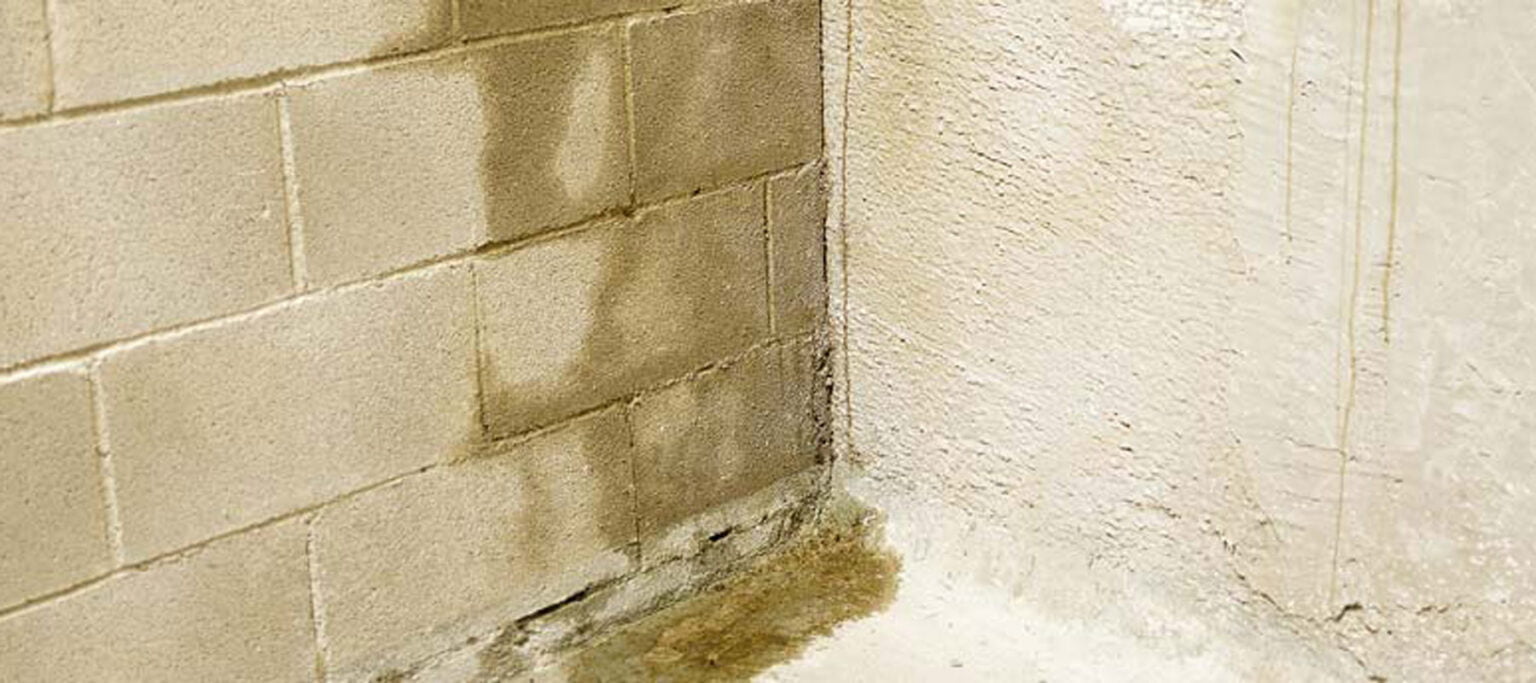
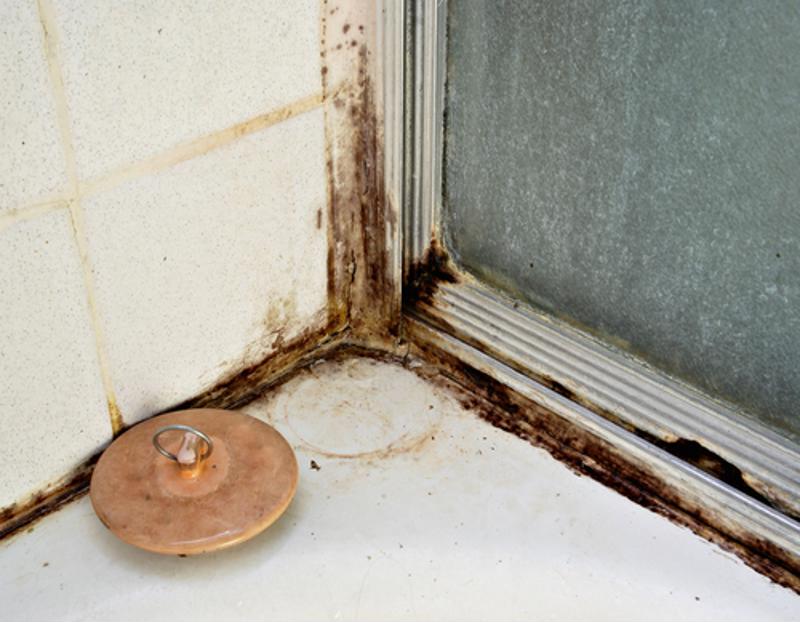






:strip_icc()/how-to-clean-a-bathroom-sink-drain-01-c728294c8bee42428afdf3e69f449279.jpg)





